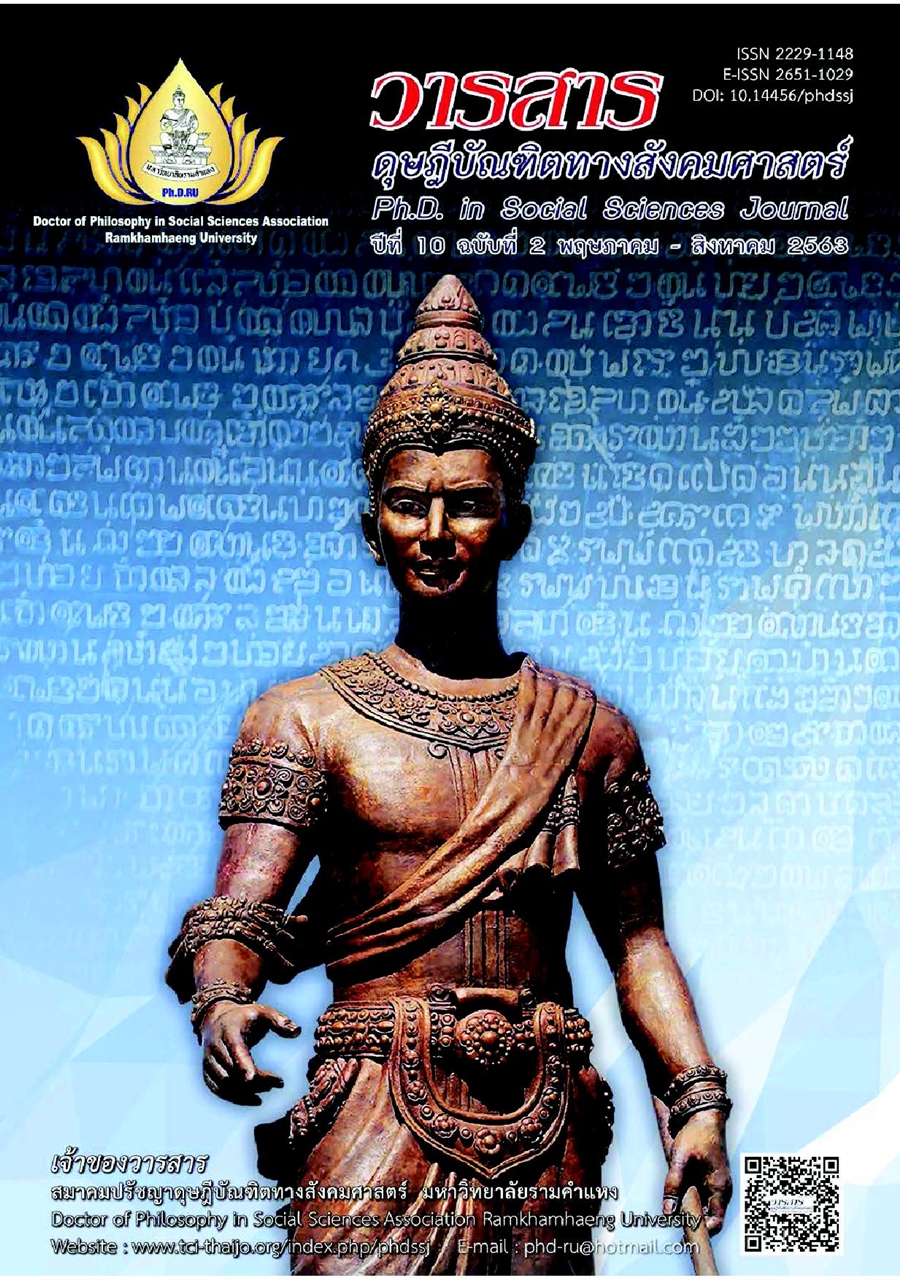Management Municipality School Happy Workplace
Main Article Content
Abstract
This academic article has the objectives to analyze the management of municipality school to be a happy workplace. Analysis framework consists of happy working teachers, happy schools, and cooperative communities.
The result shows that now the organization has high level of variety from the capacity (competency) of a persons in the organization to the private matters, such as sexual, religious, age and race. Thus, variety administration in the organization (diversity management) will be the issue that organization will give more priority together with development of a teachers’ capacity to be ready for works and organizational strategy. Municipality school development to be a happy place must consist of a target and strategy and must be in line with the vision of the organization. Happiness linking procedures must be suitable to the organization, and must develop both happy working teachers, happy home, cooperative community and also, cooperation between teachers and organization. When the organization has been developed to certain extent, the development must be built to be organizational culture, review must be implemented and activity enhancement must be made continuously to cope with the changing environment.
Article Details
Academic articles, research articles, and book reviews in the Ph.D. in Social Sciences Journal are author’s opinions, and not the publisher’s, and is not the responsibility of the Ph.D. in Social Sciences Journal Philosophy Association, Ramkhamhaeng University. (In the case that research is done on human, the researcher has to be trained in Ethics for Doing Research on Human Training and has to produce the evidence of the training).
References
Amaritwarin, S., & Bunchua, K. (2015). Philosophy of sufficiency economy and authentic happiness according to reality. Suan Sunandha Rajabhat University, Graduate Studies Journal, 2(2), 259-266. [In Thai]
Ben-Shahar, T. (2007). Happier: Learn the secrets to daily Joy and lasting fulfillment. We Learn.
Hongladarom, C. (2012). Happiness capital for efficient work. Human Resource Development Journal, 4(1), 3-8. [In Thai]
Kaewpijit, J., Utsahajit, W., & Kusumavalee, S. (2015). 102 Happy workplaces. Thai Health Promotion Foundation. [In Thai]
Kerdsuwan, T. (2012). Happiness in work, you can create. Retrieved from https://www.hiso.or.th/hiso/tonkit/tonkits_56.php [In Thai]
Layard, R. (2005). Happiness: Lessons from a new science. Penguin.
Martin, A. J., Jones, E. S., & Callan, V. J. (2005). The role of psychological climate in facilitating employee adjustment during organizational change. European Journal of Work and Organizational Psychology, 14(3), 263-289.
National Statistical Office. (2012). Survey of satisfaction in life of Thai people in 2012. Author. [In Thai]
Phiphat, N. (2007). Open the world of happiness, GNH. Matichon. [In Thai]
Ramtong, J. (2014). Happiness at work of supporting staff, Prince of Songkla University, Hat Yai Campus: An analysis of causal factors of work experience group. Master’s Thesis of Public Administration, Prince of Songkla University. [In Thai]
Ruangareerat, K. (2011). Happiness can be created in the organization. Power the Thought, 19(3), 26-31. [In Thai]
Sintanapanya, A., Songbundit, A., Boonthima, R., & Supakit, V. (2014). Happiness management in school. Suthiparithat Journal, 28(88), 15-32. [In Thai]
Susaoraj, P. (2013). Thinking development (5th ed.). Technic Printing. [In Thai]
Thai Health Promotion Foundation. (2016). Seeds of happiness. Author. [In Thai]
Thai Health Promotion Foundation. (2017). Step forward to work happily in the 4.0 era. Author. [In Thai]
Thailand Productivity Institute. (2009). Healthy organization healthy productivity. Author. [In Thai]
Tuchinda, C. (2009). Happy 8 workplace. Retrieved from https://www.thaihealth.or.th/node/12827 [In Thai]
Wasanthanarat, C., & Wuttiwatchaikaew, T. (2017). Happy workplace 4.0. Thai Health Promotion Foundation. [In Thai]


